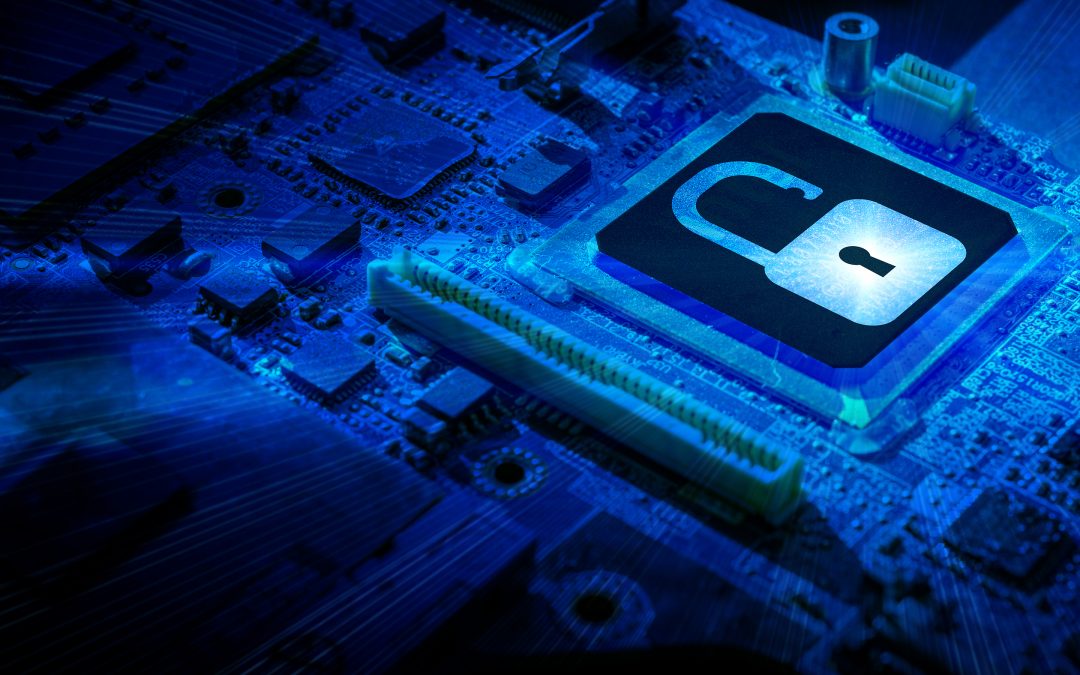Did you know that some of the most devastating breaches are completely avoidable? Lack of basic cybersecurity best practices is often the root cause of some of the most dangerous and costly attacks. Companies become complacent, and cybersecurity takes a back seat as long as everything is going smoothly. Then a company is hit with ransomware or a cloud account breach, and that lack of attention to security comes back to haunt them. Is your company making one of these common cybersecurity mistakes?
They Do Not Test Data Recovery
Ransomware continues to be one of the major threats that companies face because of the downtime it causes. Ransomware encrypts data, making it unreadable. This causes companies to be considered “down” because they can’t access their technology system information. 57% of companies hit with ransomware pay the attacker’s ransom request. In many cases, a small business has a backup of its data, but it never tested restoration of that backup, so is unsure how long it will take. Some of the largest ransomware victims have paid millions of dollars in ransom simply because they thought it would get operations back up and running faster. It’s important to run through a full backup restoration of your data at least annually as part of your business continuity strategy. This ensures that you’ve chosen a backup and recovery system with fast restoration and that you know exactly how long it will take.
They Have Too Many Privileged Accounts
Everyone shouldn’t be made an admin in a cloud tool just in case they might need access to something later. Another mistake many small businesses make is to hand out too many privileged accounts. Privileged accounts are particularly valuable for hackers because they allow them to do things like change account security settings, add and remove users, and access sensitive account data. The more of these high-level accounts you have, the more risk you are at of a breach that can do serious damage. Using the Rule of Least Privilege is a good way to control privileged accounts. It states that users should only be given the lowest possible access level needed for their daily tasks.
They Don’t Protect Accounts With Multi-Factor Authentication
Credential compromise has jumped to the #1 cause of data breaches globally, according to IBM Security’s latest Cost of a Data Breach report. With most companies using the cloud to run vital processes and store data, cloud accounts have become a major target for cybercriminals. Multi-factor authentication (MFA) is 99.9% effective at stopping fraudulent sign-in attempts on your cloud accounts, yet many companies don’t use it because they’re afraid it will inconvenience employees and hurt productivity. Having a cloud account breached is a much bigger and more costly inconvenience. MFA is a standard safeguard that businesses should be using. Further, there are single sign-on (SSO) solutions that can be put in place to reduce the time it takes to log in to all accounts when using MFA.
They Aren’t Managing & Monitoring Endpoints for Remote Employees
Remote working has become the norm since the pandemic, and it’s not something that’s going to be changing. Companies and employees alike are adapting to the remote and hybrid working world, but security is often lacking. Companies aren’t putting monitoring and management in place for all those devices that work-from-home (WFH) staff are using to access company apps and data all day. So, they don’t know if those devices are properly updated or secured with antivirus/anti-malware. Approximately 56% of employees use personal devices when working from home. An endpoint device management program (like Microsoft 365’s Intune), is necessary to ensure cybersecurity in a hybrid work environment. It includes the ability to monitor device access to business assets, and remotely manage company software, security policies, and more.
They Don’t Have a Cloud Use Policy in Place
Shadow IT has been running rampant since the pandemic. This is when employees use cloud apps for their work that haven’t been officially approved by their company. This can leave company data at risk of a breach or data leakage. Company data that is kept in unknown cloud accounts can also be lost should that employee leave because it’s not being included in a cloud backup plan. One of the main causes of shadow IT risk is that companies don’t have a cloud use policy, so employees don’t know they shouldn’t be using any app they find online for their work. A cloud use policy guides employees as to the apps they can and cannot use. It should also give them a method to suggest applications for official approval that they feel would fill a gap in their work tools.
They Aren’t Having Updates & Patches Managed for Devices
About 60% of data breaches occur due to unpatched system vulnerabilities. When companies don’t have a patch management system in place to ensure all devices are being updated properly, they’re left more vulnerable to an attack. One of the best ways to make sure that all devices in your organization are being updated so they’re not at risk is to use managed IT services. This takes the burden of patch management off you and your team and helps ensure devices are updated without any issues.
Put Easy & Automated Cybersecurity in Place with Managed IT Asia
Don’t leave your company unprotected. Managed IT Asia can help your Singapore business with a tailored managed cybersecurity strategy that keeps your data and devices secured affordably. Contact us today to schedule your free consultation. Call +65 6748 8776 or reach us online.
MANAGED IT ASIA, we are an IT Support, IT Solutioning and Managed IT Service Provider specializing in serving Small Businesses across Asia. Call us at +65 6748 8776 and let us manage your Small Business IT today!
